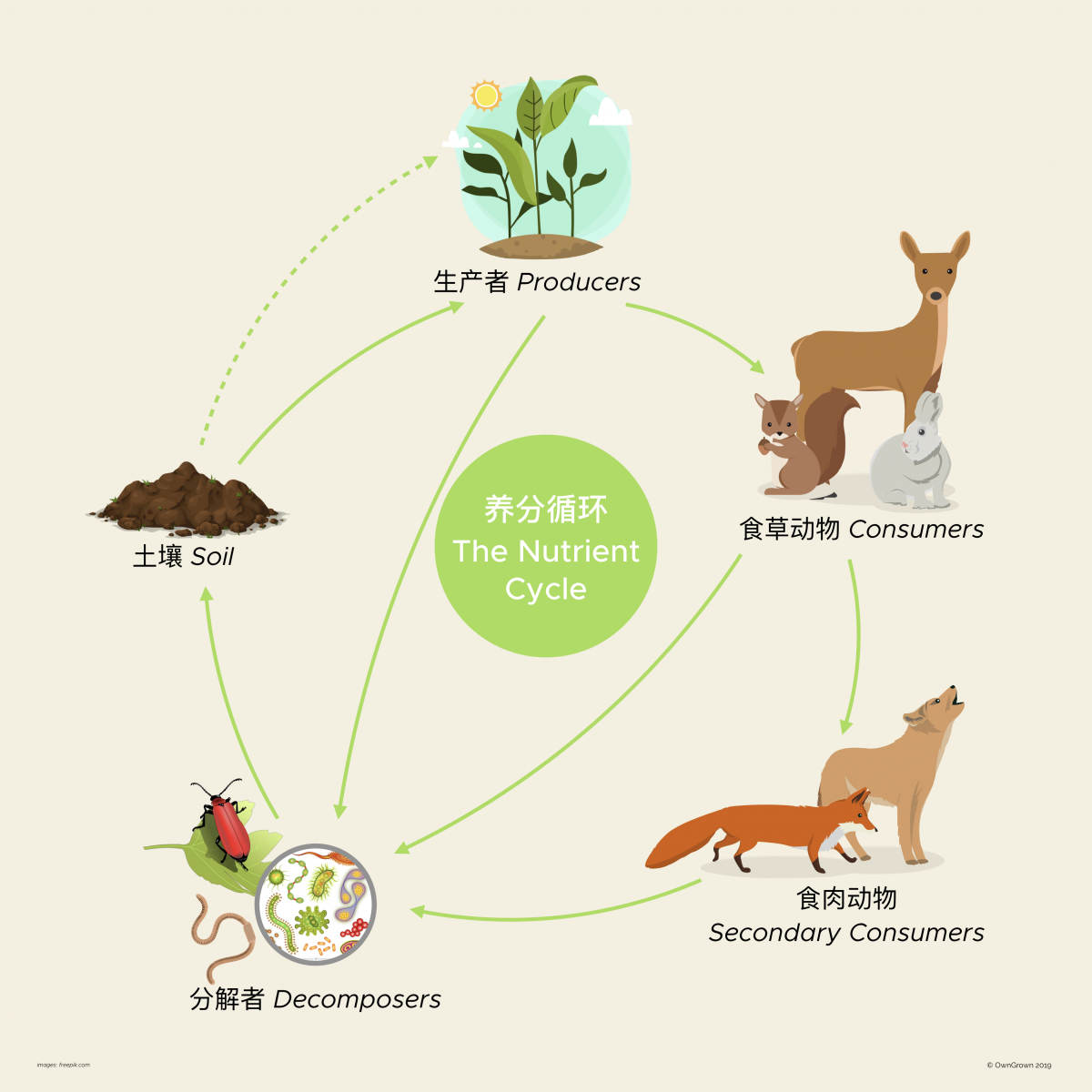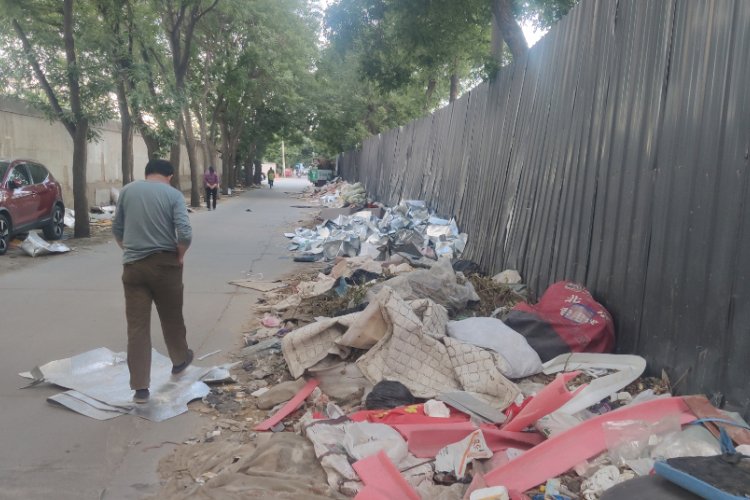Fresh as a Daisy: Easy Indoor Composting With This Beijing-Made Kit
Something is rotten in the state of Beijing. The municipal government currently buries or incinerates the equivalent of 70 blue whales of wet organic waste per day – waste that could be composted. I hate throwing nutrient-rich kitchen scraps into the bin, but I live in a small Beijing apartment without a yard or aerated balcony, so what am I supposed to do?
Enter Daniel Lim and the OwnMade Indoor Composting system. With people just like me in mind, Lim, the founder of HomeGrown.School – a movement to spread edible gardens and food sustainability education to schools across China – has developed a system that is designed for small households and smaller apartments. Best of all? He promises it won't stink.
I recently attended an OwnMade workshop, and have been testing the system in my own two-person household since December. Here's how it has gone so far:
Setting it up
The OwnMade consists of a felt bag, measuring 30cm x 30cm (about the size of an IKEA box), a fine mesh cover, a bag of dry starter mix, and a metal trowel.
As per Lim's instructions, I pour the dry mix into the felt bag and mix it through with a 2-liter batch of sugar water. Lim recommends using either brown sugar or molasses (which are high in minerals) for the water mix, but I only have honey around, and he says that will do.
In anticipation of the workshop, I'd been saving my kitchen scraps for about a week. I throw them in my trusty Kitchen Aid blender and blitzed them to a manageable size. This included banana peels, an old carrot, garlic, coffee grounds, some plant cuttings, and a couple of eggshells. According to Lim, as the average human diet is quite varied, food waste compost is uniquely rich in nutrients and nitrogen and produces some of the best compost around. Farmers love it, and I'm hoping that my houseplants will too.

While it is possible to add large pieces of food, Lim doesn't recommend it as it will dramatically slow-down the composting time, and is also likely to throw the microbe balance of this pocket-sized system out of whack.
I tip the blended compost into the bag with the now-activated starter, and mix it all thoroughly, then cover the bag securely with the nylon mesh to prevent flies and bugs from getting in. If flies do get in and birth maggots, I'll most likely have to throw out the compost and start again from scratch.
According to Lim, compost systems only smell bad when they become deprived of oxygen, triggering an anaerobic chemical reaction that creates stinky gasses. Therefore, the compost should be mixed through every day, to allow fresh oxygen to reach every part of the mixture. The bag is made of felt, which helps by allowing water to wick up the sides thereby stopping puddles of water collecting at the bottom.
The next day when I add more kitchen scraps I notice that the mixture is already warm to the touch, a sure-fire sign that decomposition has begun.

Two weeks later
Two weeks down the line, I've gotten into my rhythm, saving my kitchen scraps in a container, then blitzing them and adding to the mix in the evening. Some days, my husband and I are barely at home and don't cook at all, and I forget or am too lazy to mix the compost. There have been some odd smells, but nothing too offensive (just vaguely 'composty') and they seem directly linked to how wet the compost is. Lim's also added me to an active local WeChat group where other people using the system troubleshoot and compare notes. I'm heartened to see that I'm not the only one falling under the spell of this system.
Two months later
After two months of almost daily use, and two separate week-long periods in which I am away from Beijing and the compost has to fend for itself, this system couldn't be going better.
I actually look forward to tending to my strange little pet each day, and marvel at the great disappearing act: within 24 hours, handfuls of regular food scraps have simply vanished! The only evidence of use is that the compost bag is slowly but surely filling up. When it eventually does, I'll need to take about half out, and let it cure before using. I have a couple of houseplants that will benefit from some compost, and I'll scatter the rest on the garden of my building compound. The system is super easy to use and manage, creates zero stank and takes up very little space in my apartment. All in all, I'm totally sold.
Why compost?
But aside from being a fun and interesting exercise, and assuaging my eco-guilt a little, really what's the point of composting on such a small scale?

For Lim, the OwnMade is just a tiny part of a much grander vision: fixing our faulty nutrient cycle in which food is grown on farms, shipped far away, and the nutrient-rich scraps end up wasted in landfills. Municipal-scale composting systems have consistently failed the world over because people don't properly understand how they work, and accidentally contaminate systems. By introducing people to composting via the OwnMade system, and by collaborating with a growing number of Beijing schools, Lim hopes to gradually revolutionize the entire country's attitude to food, and eventually, our waste management systems.
That smells good to me.
OwnMade Indoor Composting Kit costs RMB 320 including delivery. Order a kit via Weidian here (beta), or Yoopay here, and follow Lim (WeChat ID: dadan8) for updates on future workshops and events.
READ: China Pledges to Ban Plastic Straws by End of 2020 in Momentous Attack on Non-Degradables
Images: Anna Pellegrin Hartley, courtesy of OwnMade







